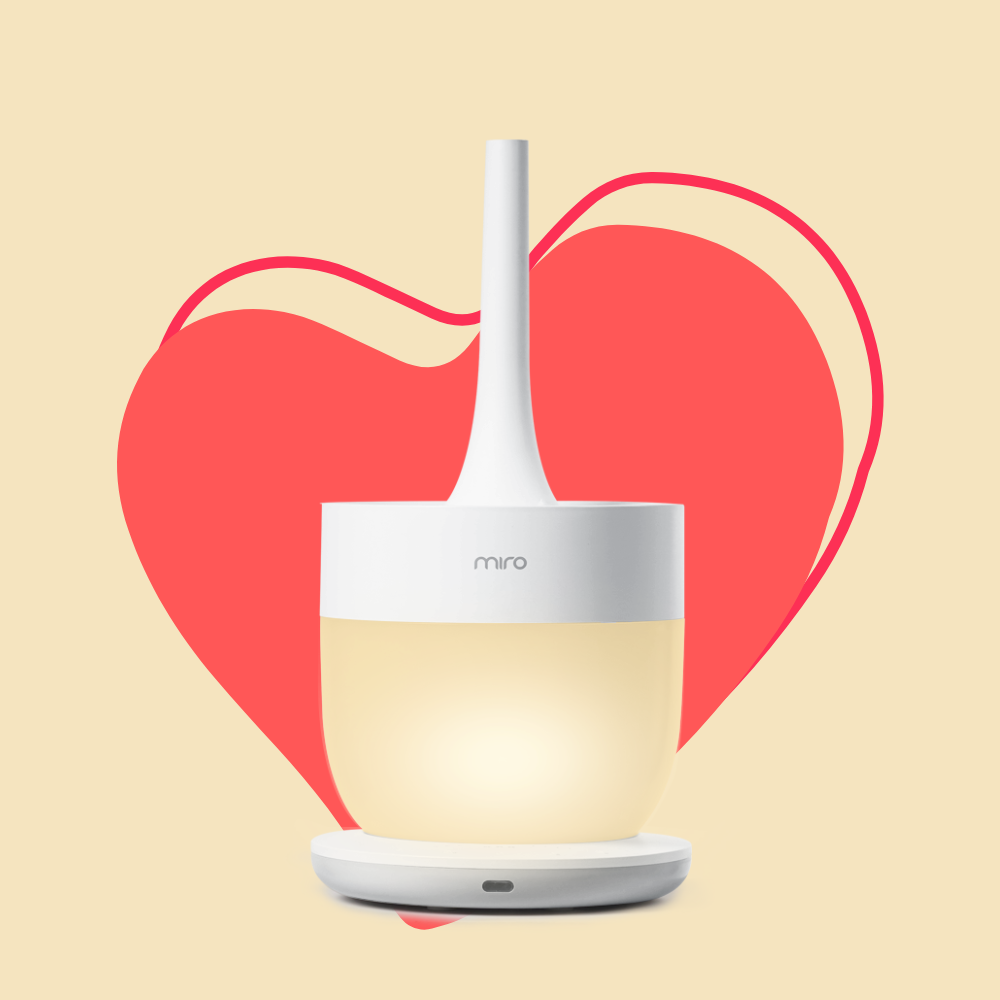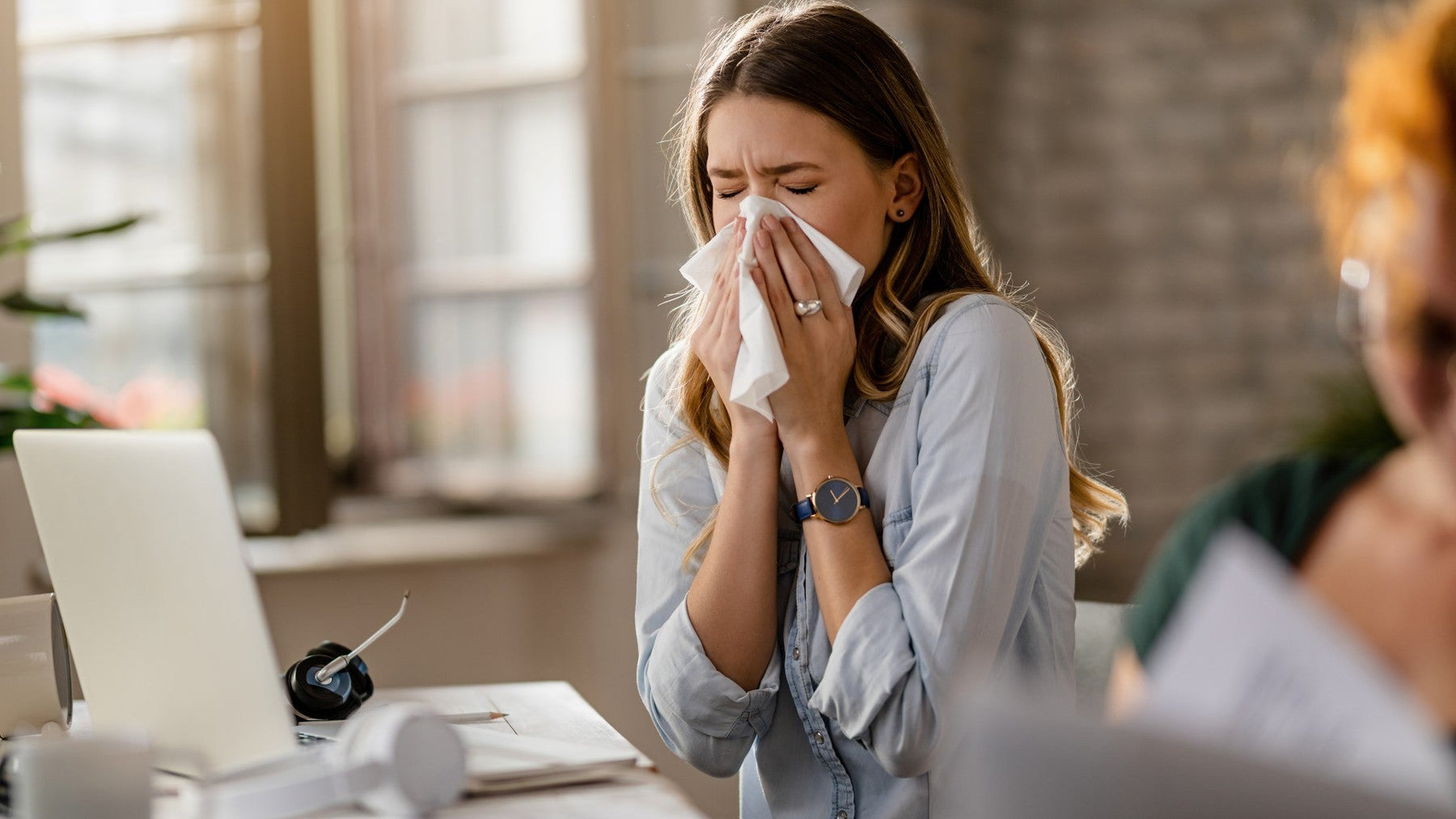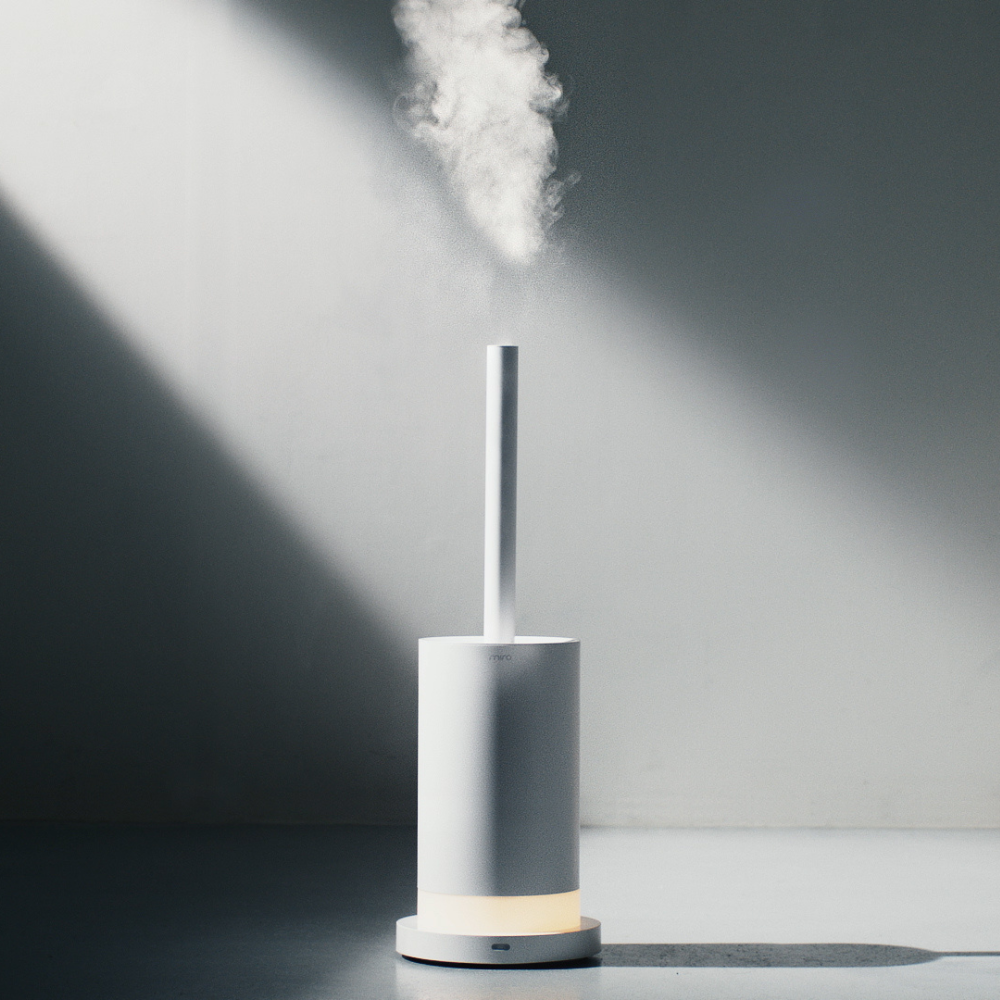

The Ultimate Humidifier Sickness Guide: Symptoms, Causes, and Treatment
Humidifiers, while highly beneficial in dry climates or seasons, may paradoxically lead to health issues if not properly maintained.
These issues stem from a condition dubbed "humidifier sickness" or "humidifier fever."
To understand this condition and learn how to effectively prevent it, let's dissect the key factors at play.
What is Humidifier Fever?
Humidifier fever, also known as humidifier sickness, is a vaguely defined condition associated with continuous use of a poorly maintained humidifier.
The symptoms often mimic those of flu or allergies, making it quite challenging to diagnose.
The primary reason behind this disease is the inhalation of contaminants—usually microorganisms or mineral particles—that humidifiers disperse into the air.
Humidifier Sickness Symptoms
Here are some common symptoms of humidifier sickness and the reasoning behind why they occur:
1. Sore Throat
In the context of humidifier sickness, a sore throat is typically the result of the mucous membranes in your throat reacting to the foreign particles you've inhaled.
These particles irritate the throat lining, leading to inflammation and discomfort.
2. Cough
A persistent cough is your body's reflex reaction to an irritant within your respiratory system.
If harmful particles from a contaminated humidifier find their way into your lungs, your body will reflexively attempt to expel them through coughing.
3. Congestion
Your body responds to inhaled irritants not only by increasing mucus production in your throat but also in your nasal passages.
This response can lead to a stuffy nose or congestion, as your body tries to trap and remove the foreign particles.
4. Fever
Known as "humidifier fever," this symptom is your body's immune response to foreign substances.
By raising your body temperature, your immune system is trying to create an environment less hospitable to the inhaled contaminants.
5. Headache
Headaches can result from prolonged exposure to allergens or microorganisms released by the humidifier.
They can also occur due to the build-up of sinus pressure from persistent nasal congestion.
What Causes Humidifier Sickness?
The primary trigger of humidifier sickness is the growth and dispersion of microorganisms (bacteria, fungi, or molds) within the humidifier tank.
These organisms thrive in warm, moist environments. When the humidifier releases its mist into the room, these microorganisms are launched into the air.
When inhaled, they can irritate the respiratory system and lead to illness.
How Long Does Humidifier Sickness Last?
The duration of humidifier sickness largely depends on two factors: the person's overall health and how long they've been exposed to the contaminated air.
With appropriate treatment—stopping the use of the humidifier, hydrating, resting, and potentially using over-the-counter remedies—most people recover within a week.
However, if the contaminated humidifier continues to be used, the symptoms may persist until the source of the problem is addressed.
How to Treat Humidifier Sickness?
To start recovery from humidifier sickness, it's essential to stop using the suspected humidifier immediately. This action halts further inhalation of the harmful particles.
Hydration is crucial because it helps to thin out mucus, making it easier for your body to expel the particles. Rest is necessary to give your immune system the energy it needs to combat any infection.
Over-the-counter remedies can be beneficial in managing symptoms like fever and congestion. If symptoms persist, it's vital to consult with a healthcare professional, as this may indicate a more severe condition or complication.
How to Prevent Humidifier Sickness?
Preventing humidifier sickness revolves around diligent maintenance of your humidifier.
Regular and thorough cleaning helps to minimize the growth of harmful microorganisms.
The use of distilled or demineralized water can help reduce mineral deposits that often serve as breeding grounds for bacteria.
Changing the water regularly, ideally daily, helps to minimize the stagnation that bacteria love.
Ensuring your humidifier operates at the recommended humidity level (between 30-50%) will prevent the creation of an overly damp environment, which could promote the growth of mold and dust mites.
Risks Associated with Humidifiers
Prolonged exposure to contaminated humidifier mist can lead to more severe respiratory conditions, especially for people with pre-existing conditions like asthma.
High humidity levels can also encourage the proliferation of dust mites and molds in your home, leading to allergic reactions or more serious health problems.
When to Seek Medical Attention for Humidifier Fever?
Prompt medical attention should be sought if humidifier sickness symptoms persist or worsen over time.
Continued coughing, high fever, difficulty breathing, or symptoms that last longer than a week can be signs of a more serious condition and should be evaluated by a healthcare professional.
FAQs
Is humidifier sickness contagious?
No, humidifier sickness is not a communicable disease. It's the result of inhaling harmful particles from a contaminated humidifier, not from person-to-person contact.
Can I use tap water in my humidifier?
It's preferable to use distilled or demineralized water, as tap water may contain minerals that can lead to microbial growth in the humidifier.
Can running a humidifier cause pneumonia?
While humidifiers themselves don't cause pneumonia, a poorly maintained humidifier can disperse bacteria and other harmful microorganisms into the air.
If these are inhaled into the lungs, they may potentially cause infections, including pneumonia, particularly in individuals with a compromised immune system.
Can I get humidifier sickness from a diffuser?
Essential oil diffusers, much like humidifiers, add moisture to the air and can potentially harbor bacteria or fungi if not properly cleaned.
As such, they could theoretically contribute to a similar condition if used improperly. Always follow manufacturer cleaning instructions and use the appropriate type of water to prevent bacterial growth.
How often should I clean my humidifier?
To prevent the growth of bacteria, molds, or fungi, it's generally recommended to clean your humidifier at least once a week.
However, refer to your humidifier’s user manual for specific instructions, as the cleaning frequency can depend on the model and usage.
Regardless, it's important to empty, rinse, and dry out your humidifier daily if you use it regularly.
Conclusion
Humidifiers are wonderful assets for maintaining a comfortable and healthy indoor environment. However, improper maintenance can quickly turn them into sources of illness.
By understanding the reasons behind the symptoms of humidifier sickness and following the preventive measures outlined in this guide, you can safely enjoy the benefits of your humidifier without compromising your health.


